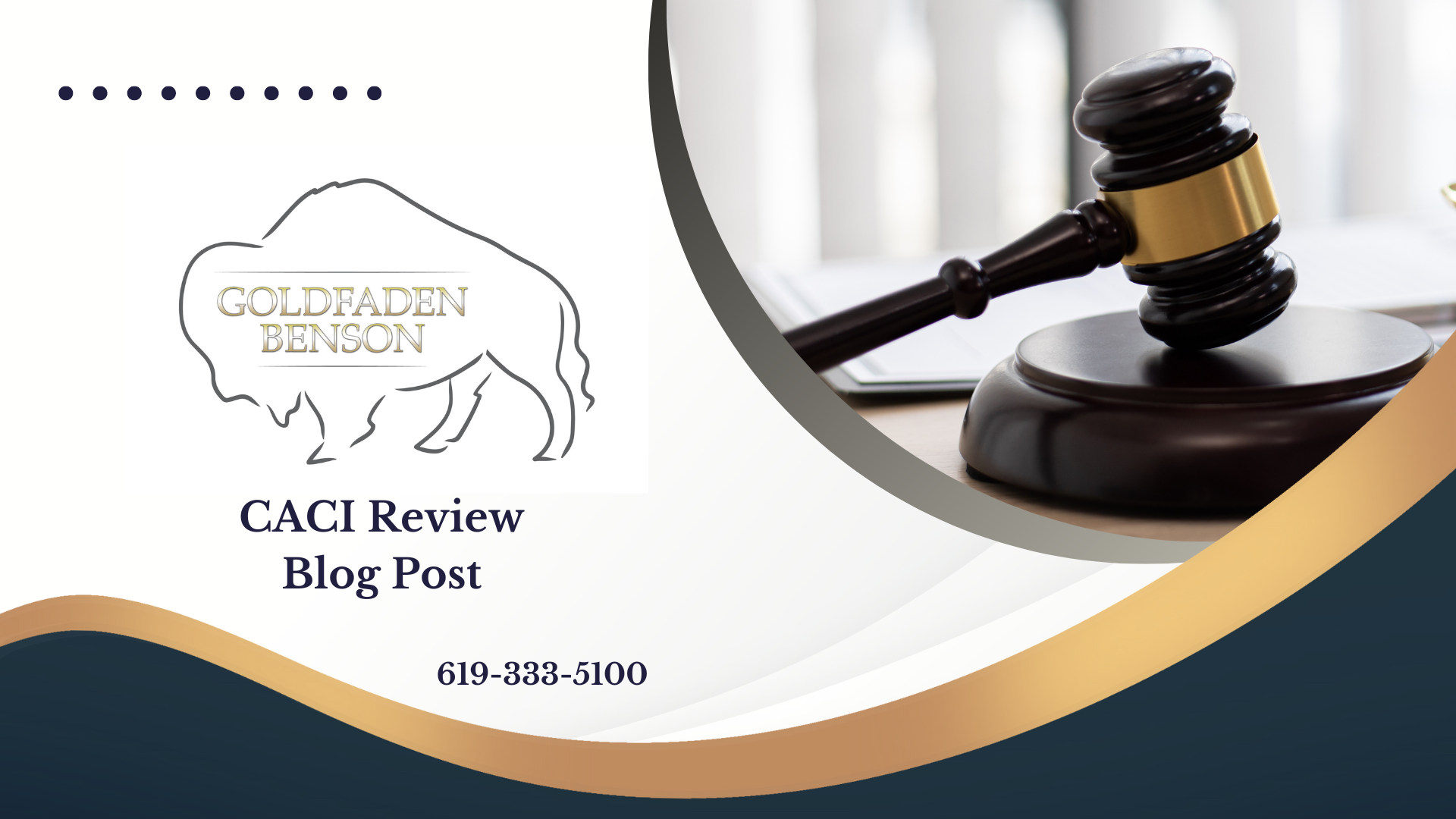Understanding the Comprehensive Computer Data and Access Fraud Act
The Comprehensive Computer Data and Access Fraud Act (CDAFA) is an important legal framework in California that addresses computer-related offenses. With our lives increasingly dependent on digital resources, understanding how this law operates can be crucial for protecting both individual users and businesses. This article simplifies the complexities of the CDAFA, focusing on what needs to be proven in a civil dispute under this legislation.
What You Need to Prove Under the CDAFA
If a plaintiff claims that a defendant has violated the CDAFA, the burden of proof falls on the plaintiff. To prevail under this law, the plaintiff must demonstrate the following five essential elements:
1. **Ownership or Leasehold**: The plaintiff must establish that they either own or lease the computer, system, or network in question.
2. **Defendant’s Conduct**: The plaintiff then must show that the defendant knowingly engaged in one or more prohibited acts, such as accessing the plaintiff's data without authorization.
3. **Lack of Permission**: The plaintiff must prove that the defendant’s actions were performed without their permission. This aspect is key to demonstrating a violation of the act.
4. **Harm to the Plaintiff**: The plaintiff must also demonstrate that they suffered some form of harm due to the defendant's actions.
5. **Causation**: Finally, the plaintiff needs to show that the defendant’s conduct was a substantial factor in causing the harm they experienced.
This formula can be applied broadly to various scenarios. For instance, many victims of cybersecurity breaches need to affirm that their access was unauthorized and that it directly resulted in financial losses or data appropriation.
Relatable Scenarios:
Imagine any of us clicking on a suspicious link and inadvertently giving someone access to our personal files. If that individual then uses a stolen photo for fraudulent reasons, the victim may consider pursuing legal action under the CDAFA. However, the victim will need to demonstrate all the previously outlined elements, ensuring they have a credible case.
As technology evolves, so does the legal landscape surrounding it. Understanding the basics of the CDAFA helps individuals and businesses safeguard their digital property and personal data.
What to Keep in Mind
The CDAFA provides civil remedies specifically for damages stemming from computer-related offenses. This means that if something harmful happens—either through theft of data or unwanted access—there could potentially be legal recourse.
If you or a loved one believes you've experienced a violation under this act, it could be beneficial to consult a legal expert to explore your options further. For assistance, don’t hesitate to contact Goldfaden Benson, where we specialize in helping clients navigate complex legal situations. In the fast-paced world of technology, being informed is key.
What has your experience been with computer-related issues? Have you or someone you know faced a situation where Data Access or Fraud Law became relevant? Feel free to share your thoughts in the comments below. Your perspective may help others who are dealing with similar situations.








